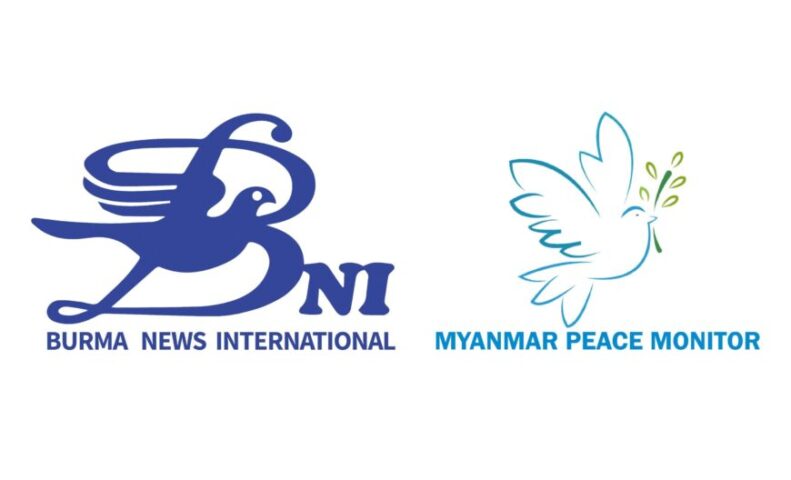|
|
||
SUMMARYEstablished: 1 January,1980 Headquarters: Taga, Naga Self-Administered Zone, Sagaing Region. Active Territories: Lahe, Layshe and Nanyun Townships in Sagaing Region. Strength: Less than 500 Chair – U Yung Aung Spokesperson – U Kyaw Wan Sein The Naga National Socialist Council (NSCN), formed in 1980 in Sagaing Region and northeastern India, split into two groups, NSCN-K and NSCN-IM in 1988. The NSCN-K led by S. S. Khaplang, is based in Lahe, Lashe, Hkamti, and Nanyun townships in Sagaing Region, while the NSCN-IM led by Isak Chisi Swu, is based in India. Under the 2008 constitution, Lahe, Lashe, and Nanyun townships, where the groups are active, were declared the self-governing region of Naga. The group signed a ceasefire agreement at the regional level under the U Thein Sein administration on April 9th, 2012. During the National League for Democracy (NLD) government, the NSCN-K participated in the 21st Century Panglong – Union Peace Conference as an observer and held some peace talks. On January 29th, 2019, about 400 troops from the Northwestern Command’s Hkamti Tactical Battalion-6 entered the Taga area where the NSCN-K headquarters is located, and the group wrote to the Commander-in-Chief of the Tatmadaw and State Counselor, demanding the withdrawal of troops. However, the military announced in early February 2019 that it would take action against the NSCN-K for violating the peace agreement it signed with the government. The NSCN-K issued a statement on May 27th, 2019, saying that the military’s hostile actions could confuse the government’s ceasefire efforts. Under the National League for Democracy (NLD) administration, the NSCN-K attended the 21st Century Panglong -Union Peace Conference as an observer. Although it held some discussions for peace, around 400 soldiers from six battalions in the North-West command of the military council took control of Taga area, headquarters of the NSCN-K on 29 January 2019. Major-General Zaw Min Tun stressed at the time that this problem could be solved if the NSCN-K followed three points—follow the path of Nationwide Ceasefire Agreement (NCA), respect and abide by the agreements contained in the bilateral contract and not to accept Assam and Kathe insurgents. It is difficult for the NSCN-K to sign the NCA as it is focusing on the integration of all Nagas in both India and Myanmar. U Kyaw Wan Sein, the spokesperson of the NSCN-K, said that it had no plan to move its headquarters to another region as it had signed the region-level ceasefire agreement on 9 April 2012. Following the 2021 military coup, the activities of the NSCN-K have gone unnoticed. |
Ceasefires and Peace Process Leaders Official delegation teamUnknown Liaison Offices |
Meetings
| # | Date | Location | Armed Group Rep | Govt Rep | Details |
| 1 | 09/04/2012 | Khamti, Sagaing Region | Y. Wangtin Naga and six others | Sagaing Region Minister for Security and Border Affairs, Col Kyi Naing | State-level 5 points ceasefire Other govt delegates: Sagaing Chief Minister U Tha Aye |
| 2 | 16/08/2013 | MPC, Yangon | 4 representatives from NSCN-K | U Aung Min | NSCN-k leaders discussed about to open a liaison office in Khamti and local development in their area. |
Developments
The five points of the truce include:
(1) Cessation of armed conflict with the Myanmar army April 9, 2012
(2) Opening of a liaison office by NSCN-K at Khamti to facilitate further talks
(3) Coordination among both sides for carrying arms beyond their agreed jurisdiction
(4) Freedom of movement of unarmed NSCN-K cadres within Myanmar
(5) Holding of sustained negotiations.
Reference: Deciphering Myanmar’s Peace Process – A Reference Guide (2022 – 2023)

